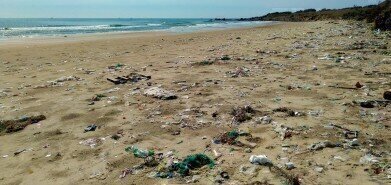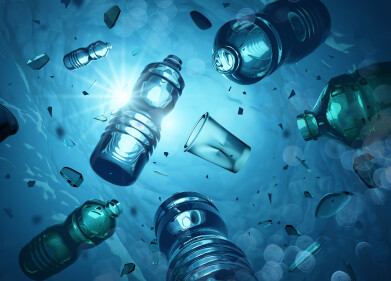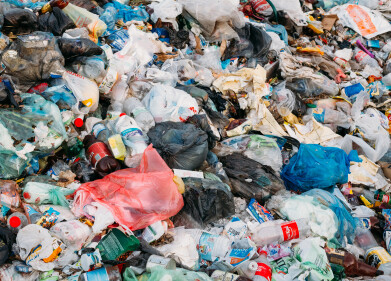Microplastics Analysis
How Are Microplastics Monitored?
Jul 01 2021
Defined as particles of plastic that are less than 0.5mm (or under 0.2 inches) in length, microplastics are a contaminant of emerging concern (CEC) which have come under increasing scrutiny over the last decade. That’s largely due to their ability to persist in the natural environment over the course of several centuries, as well as accumulate in the bodies of flora and fauna in the wild.
Indeed, these tiny particles have been discovered almost everywhere on Earth in recent years, including the land, sea and air. They’ve been found at the top of Mount Everest and the bottom of the Mariana Trench (the deepest known part of the ocean), indicating just how far and wide they can spread. But why is it important that we monitor them, and how can we do so effectively?
Why microplastics matter
Due to their tiny size and their incredible endurance, microplastics have infiltrated the four corners of the globe. It’s thought that they can persist in natural environments for up to 600 years, while they can also be consumed by marine or freshwater fauna and absorbed by aquatic flora, leading to their bioaccumulation within the food chain. They can also serve as a surface to which toxic substances can adhere, further compromising the quality of the environments in which they find themselves.
Although our knowledge of exactly how dangerous microplastics are is still considerably lacking, the scientific community is pursuing its expansion all the time. To do so, they require masses of data concerning the distribution, size, chemical composition, tissues, cellular makeup and environmental impact of microplastics. Gathering that data demands sophisticated analytical equipment, the capabilities of which are being improved upon continually.
The latest microplastics monitoring technology
There are several obstacles to comprehensive microplastics data collection, including the variability of polymer colours, the aging process that the environment exerts upon samples and the phenomenon of biofouling. Meanwhile, there is currently an absence of standardised best practices and methodologies which would allow companies and governments to follow a set of guidelines about how best to collect information on microplastics and analyse their behaviour. Research teams in the UK and beyond have been working tirelessly over the last few years to try and address this problem.
Recently, a potentially major breakthrough has been discovered by one such team from the University of Birmingham. They are pioneering the use of agile TGA-FTIR-GC/MS workflows to advance microplastics research, allowing for more comprehensive quantification of the types and volumes of microplastic pollution in aquatic environments. This allows them to create sizable polymer libraries, expanding our knowledge of these microscopic pollutants and paving the way for future research into how they can be neutralised and their most harmful effects mitigated. Although the research is still in its infancy, studies like these are highly promising for the future of the sector
Digital Edition
IET 34.2 March 2024
April 2024
Gas Detection - Biogas batch fermentation system for laboratory use with automatic gas analysis in real time Water/Wastewater - Upcycling sensors for sustainable nature management - Prist...
View all digital editions
Events
May 13 2024 Munich, Germany
May 15 2024 Lund, Sweden
May 15 2024 Frankurt-am-Main, Germany
May 20 2024 Columbus, OH, USA
May 21 2024 Lagos, Nigeria



















